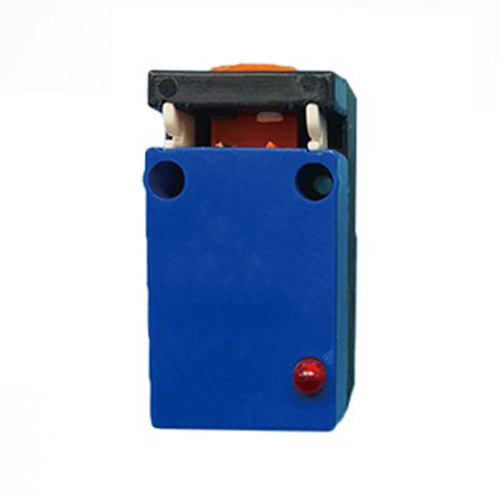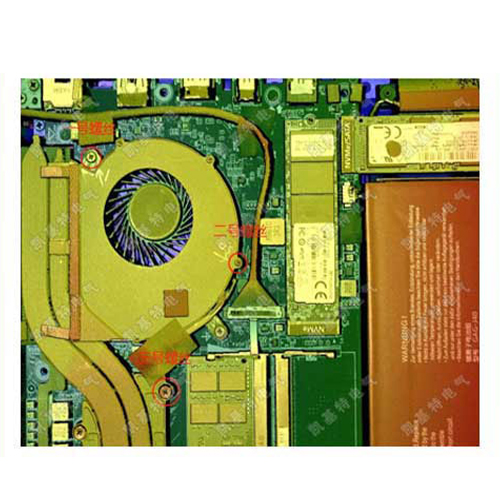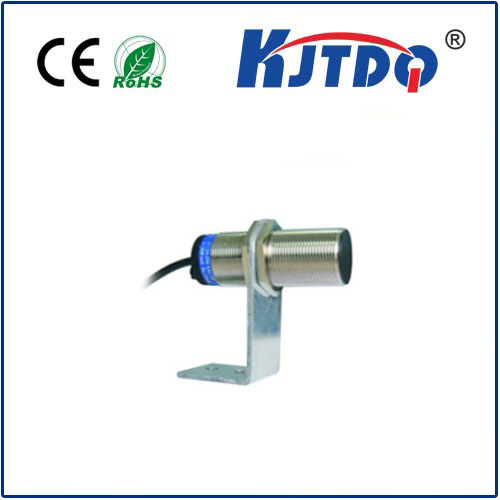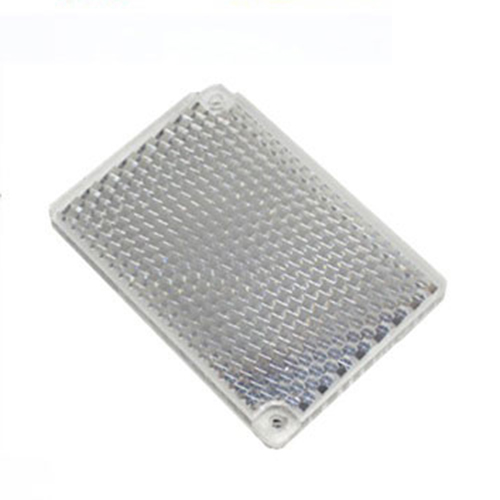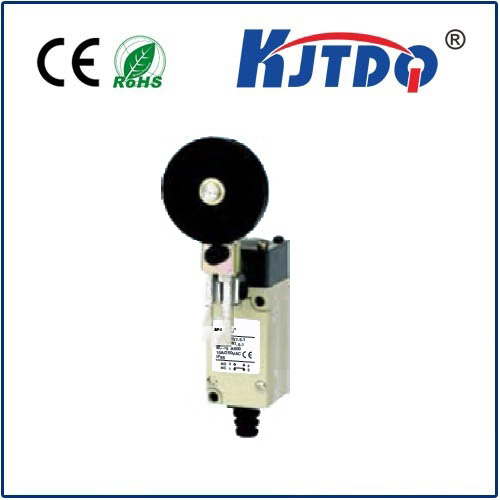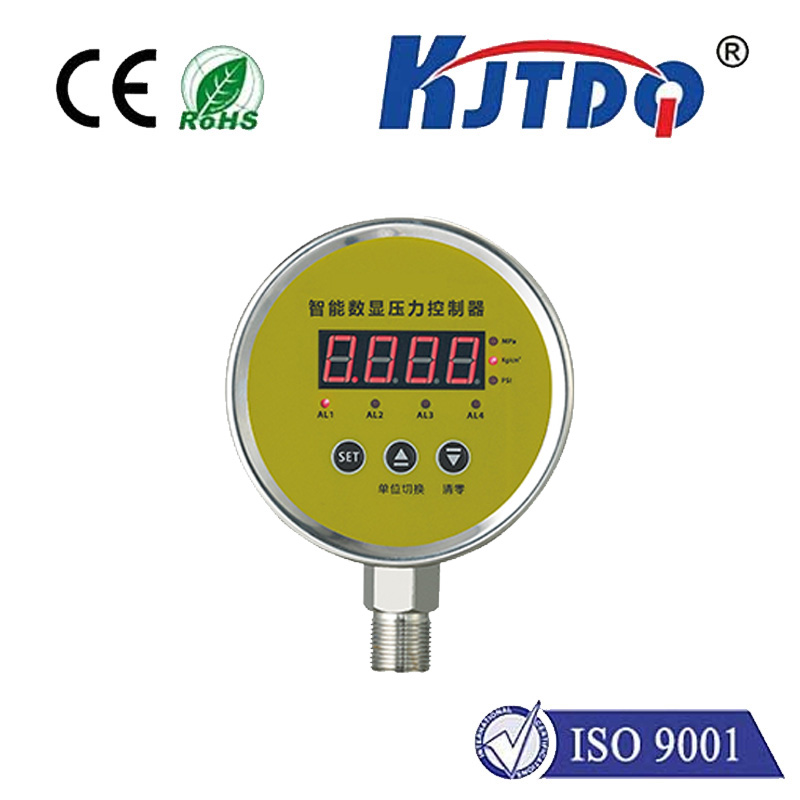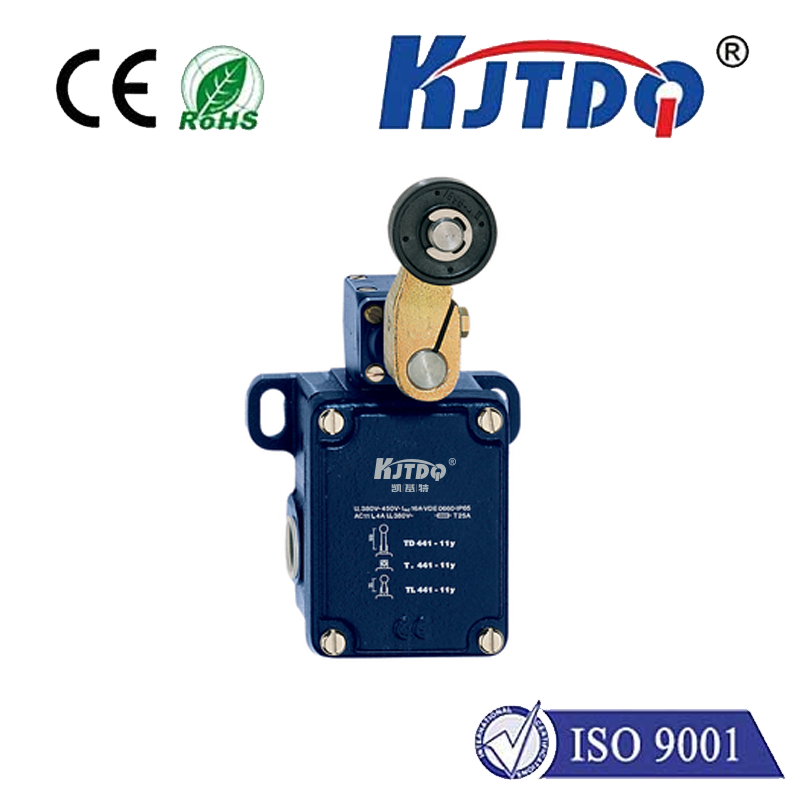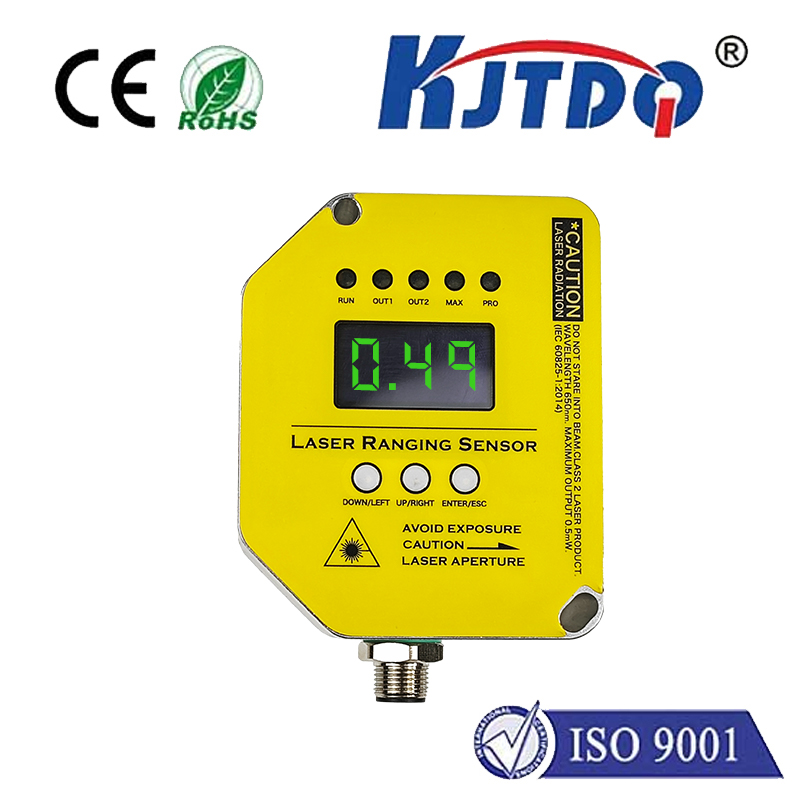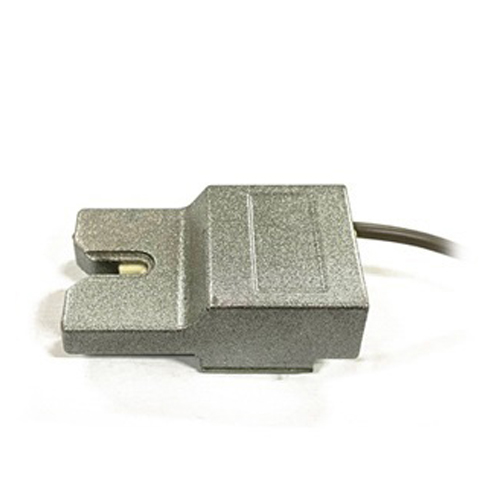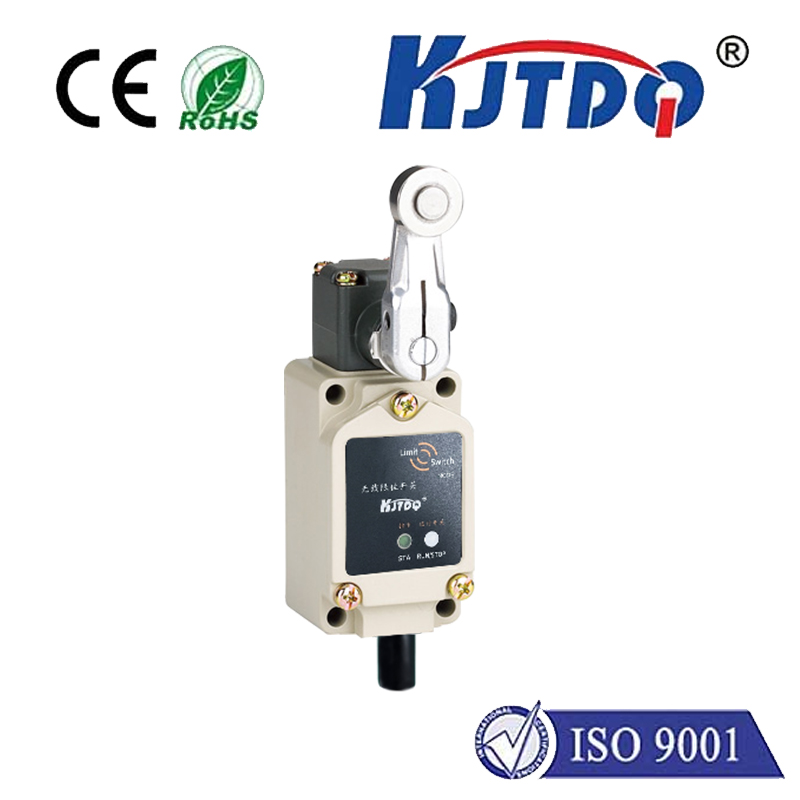

check

check

check

check

check

check

check

check

check

check

Title: The Importance of High Temperature Measurement Sensors In today’s world, the ability to accurately measure high temperatures is more important than ever before. With advancements in technology and industry, high temperature measurement sensors have become an essential tool for a wide range of applications. In this article, we will explore the significance of these sensors and their various uses. High temperature measurement sensors are critical for monitoring and controlling industrial processes. They are used in everything from steel production to chemical manufacturing, allowing engineers to ensure that processes run smoothly and efficiently. Without these sensors, it would be difficult to maintain the precise temperatures required for many industrial processes, which could lead to equipment failure or even safety hazards. In addition to their importance in industry, high temperature measurement sensors are also used in a variety of other fields. For example, they are employed in medical devices such as thermometers and infrared cameras, which rely on accurate temperature readings to function properly. They are also used in scientific research, where they help scientists study phenomena like volcanic eruptions and solar flares. One of the key benefits of high temperature measurement sensors is their ability to provide real-time data. This allows operators to make immediate adjustments to processes or systems, preventing potentially dangerous situations from developing. Additionally, these sensors can be connected to other devices and systems, enabling automated control and remote monitoring. There are several different types of high temperature measurement sensors available on the market today. Some of the most common include thermocouples, resistance temperature detectors (RTDs), and infrared sensors. Each type has its own strengths and weaknesses, and the best choice depends on the specific application and requirements. Thermocouples are perhaps the most widely used type of high temperature measurement sensor. They consist of two dissimilar metals that generate a voltage signal when exposed to heat. This signal can then be measured and converted into a temperature reading. Thermocouples are known for their durability and accuracy, making them ideal for use in harsh environments. RTDs, or resistance temperature detectors, work by measuring the resistance of a metal coil as it changes with temperature. Like thermocouples, RTDs are highly accurate and reliable, but they tend to be more expensive than other types of sensors. They are often used in laboratory settings and other applications where precision is crucial. Finally, infrared sensors use radiation instead of direct contact to measure temperature. They are non-contact sensors that can take measurements from a distance, making them ideal for use in dangerous or hard-to-reach locations. However, they can be affected by factors such as dust and moisture, which can impact their accuracy. In conclusion, high temperature measurement sensors play a vital role in a wide range of industries and applications. From monitoring industrial processes to conducting scientific research, these sensors provide critical data that helps ensure safety, efficiency, and reliability. Whether you’re working in engineering, medicine, or any number of other fields, having access to accurate high temperature measurement sensors is essential for success.
